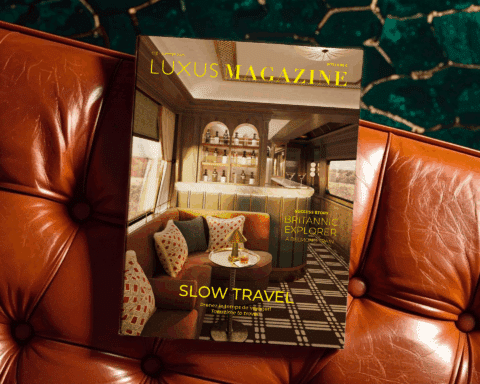In our last episode, we discovered the first traces of precious and aesthetic objects during prehistory. Techniques were perfected over time, while trade favored the exchange of prestigious materials and products. Through the Bronze and Iron Ages, via antiquity, discover the evolution of luxury goods in this new episode.
Shortly before Antiquity, the Bronze and Iron Ages, unknown in history, saw the development of craftsmanship at a high speed. With the appearance of new materials, such as iron, bronze or gold, new techniques (such as casting) were used to produce ever more prestigious goods. Ornaments, made of metal or glass (bracelets, pearls, torques), and clothing accessories made of iron and bronze (fibulae, buckles or belt elements), were part of the lifestyle of the elites. Numerous princely tombs from the 6th and 5th centuries B.C. have yielded luxury tableware for banquets, such as bronze wine services of Etruscan or Greek origin (situlae, basins, cauldrons, etc.) richly decorated with figurative or geometric motifs.
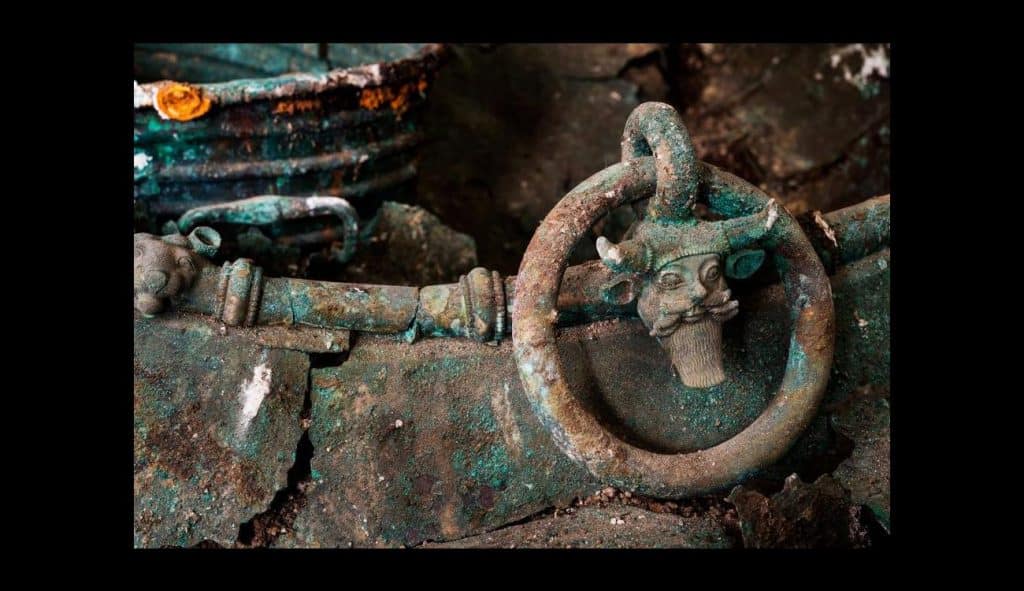
From the 2nd century B.C. onwards, prestige goods became more standardized. One finds exceptional ornaments, such as gold torques (metal necklaces) with refined decoration, but also, as at the beginning of the period, vessels related to the consumption of wine – jugs, situlae (vessels with a handle) and other simpulum, large spoons with long handles. These elements are sometimes associated with rarer pieces such as andirons or drinking horns.
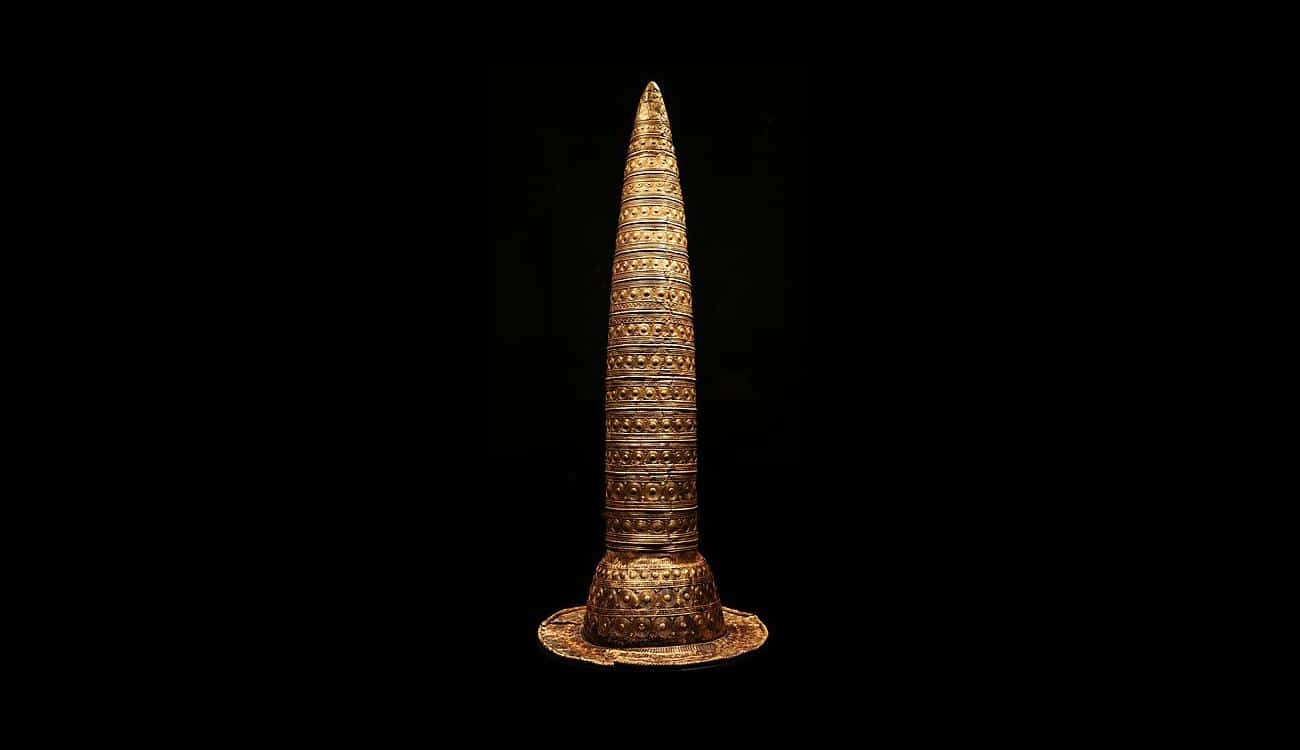
For its part, the purple of Tyre, still called royal or imperial purple, stands out as a dye that transforms clothes into highly prized and expensive goods. This dye extracted from murex shells was first produced by the Phoenician city of Tyre in the Bronze Age. Its difficulty of manufacture, its range of colors from intense purple to red and its resistance to fading give it its luxurious character.
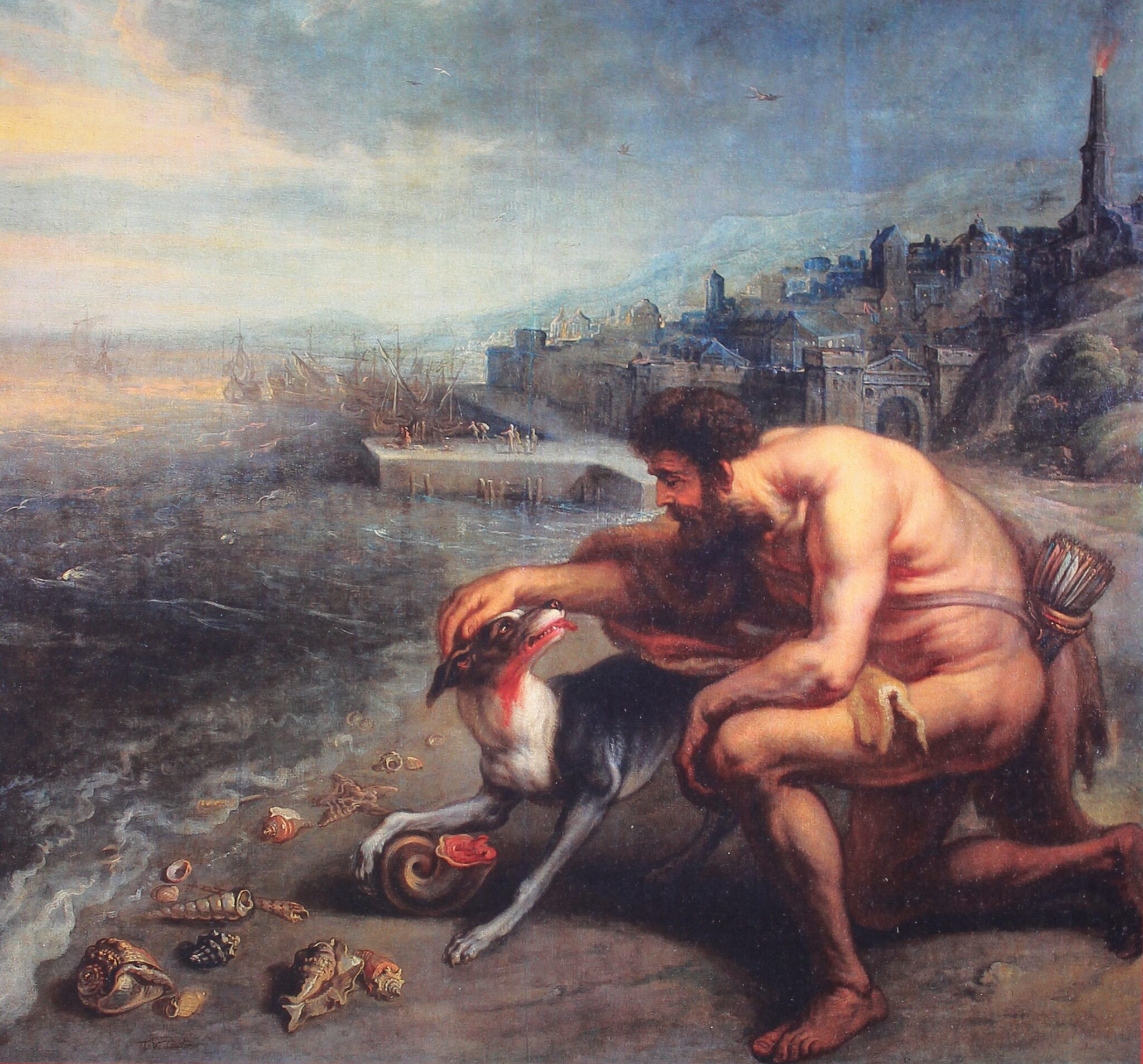
The appearance of world trade
Between the 1st century BC and the 3rd century AD, with the advent of the Roman Empire, luxury goods really appeared. Indeed, there is a remarkable rise in demand for goods produced by various societies connected to the Indian Ocean, as well as a hold by Rome on the Mediterranean Sea. Products known since ancient times (frankincense, myrrh, pepper, ivory…) were increasingly appreciated in Rome, thanks to new consumption patterns: people wanted more and demanded different qualities. A fringe of Roman society became attached to products that the Greeks were familiar with but which they were not very keen on (ginger, the perfume of Ganges nard, pearls, tortoise shell and silk).
Many precious goods, characterized as “exotic goods”, circulated on the roads over long distances. This implies large material and financial means as well as a significant risk-taking. Coming from distant countries, they meet an express demand from certain social classes. Among them, we find products for food or medicinal use (rice, sugar cane…), but also various fabrics (cotton, silk…) as well as raw or transformed materials (Indian steel, teak, ebony, asbestos…). Gems and pearls (diamonds, turquoise, beryls, opals, rock crystals…) are highly coveted, as are tortoise shells, rhinoceros horns, ivory and other animal products. Finally, aromatic resins and spices are a rare commodity from the Orient.
Jewelry : a marker of refinement
Although luxury is composed of multiple products and materials, jewelry is a particular marker of refinement. Their evolution through Ancient Egypt, Ancient Greece and Ancient Rome allows us to see the succession of goldsmithing techniques.
Ancient Egyptian jewelry was worn by both men and women. And this as well during their life as after their death. Considered as imperishable and constituting the flesh of the gods, strong therefore of a particular importance, the gold is very used by the Egyptians. The jewels are also rich in colors, thanks to the use of gemstones, as well as colored glasses and enamels. The jewelry of ancient Egypt is often rich in symbols and iconography. The cross of Ankh represents life while the eye of Horus is synonymous with protection, health and good recovery. The scarab is a symbol of immortality and resurrection and is used in funerary art.

The most famous jewels of ancient Greece come from the “Hellenistic” period. This period saw the birth of sumptuous examples. The virtuosity of the goldsmiths and their mastery of metal allowed the manufacture of particularly detailed pieces. The tradition of exchanging rings as a token of love comes to us from ancient Greece, a tradition that is still alive today with wedding rings, the essential accessories for our weddings.
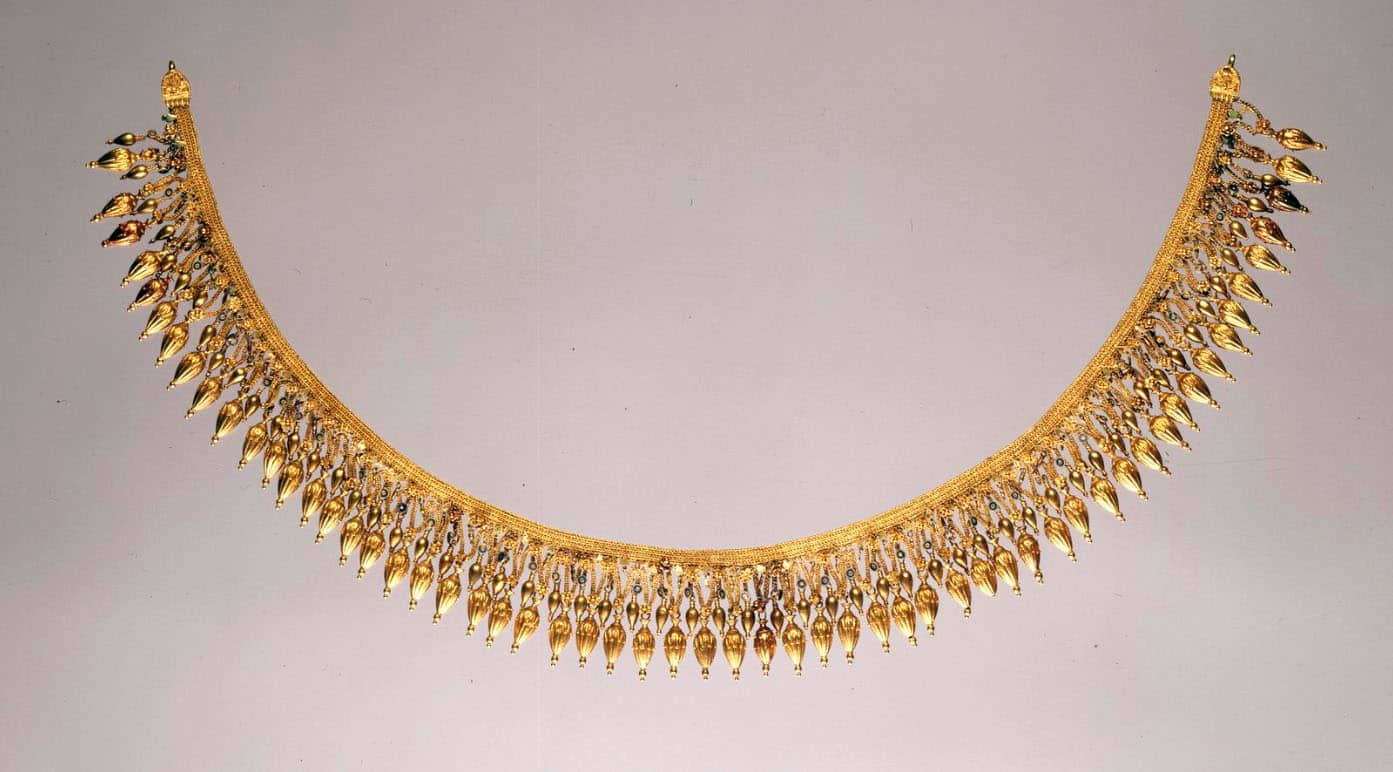
The jewelry techniques of ancient Rome were greatly influenced by those of other civilizations. During its conquests and expansion, the Roman Empire appropriated many techniques of diverse origins (Greek, Oriental, Egyptian, Celtic…). The Romans made great use of stones (ruby, garnet, sapphire, topaz…) or pearls to create very colorful pieces. The snake motif is often used for their bracelets, rings, armbands and other earrings. Engraved stones are also particularly appreciated, the complexity of their technique being a symbol of luxury. They are highlighted on many supports (ring, pendant, brooch…).
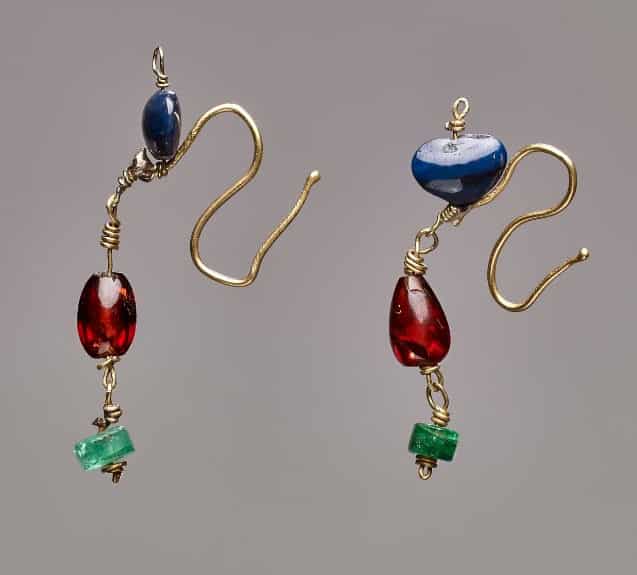
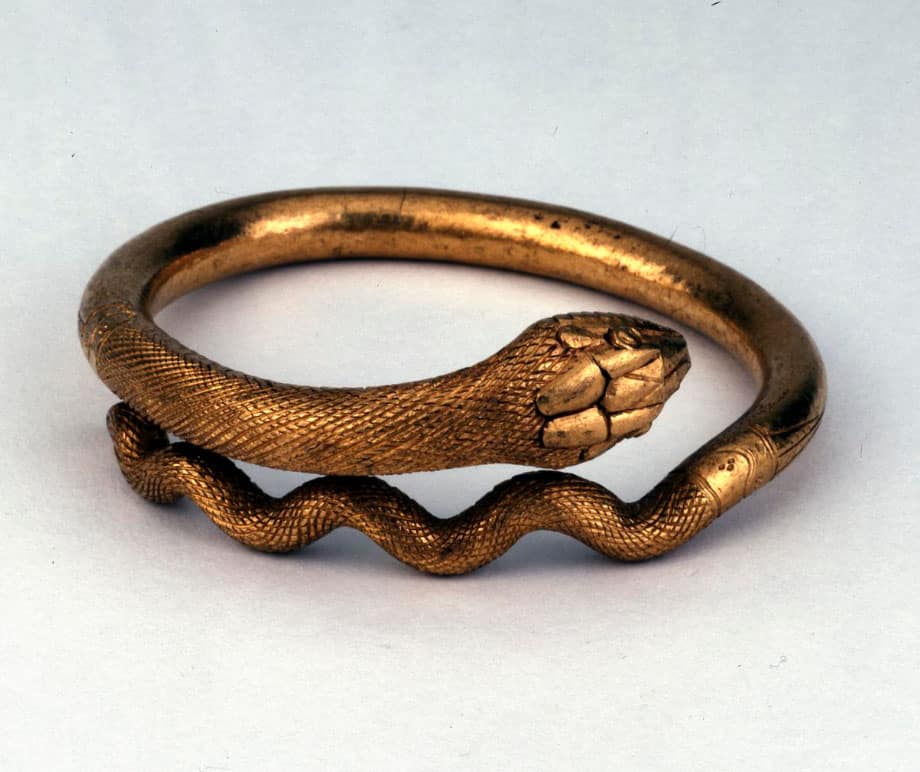
Finally, we note the existence of jewelry made from gold coins. Gold coins with portraits of emperors were used to decorate rings or pendants. Silver and jewelry, a duo that remains closely associated with the current definition of luxury …
Read also >THE GREAT EPIC OF LUXURY (EPISODE 1) : PREHISTORY
Featured photo : ©INRAP












